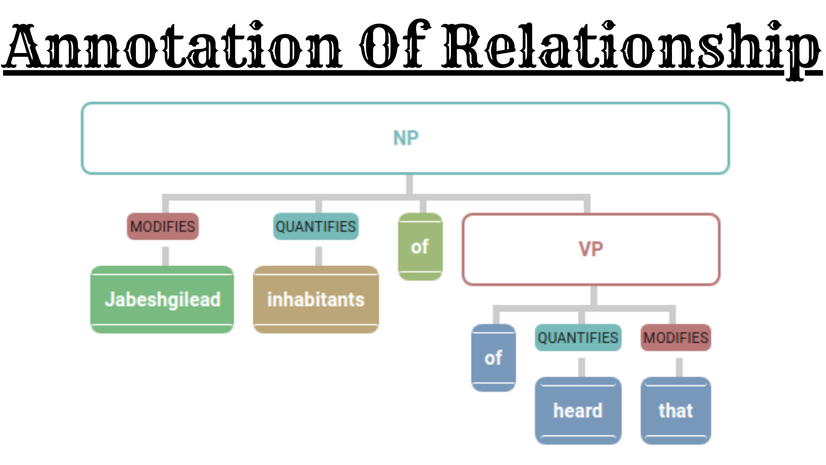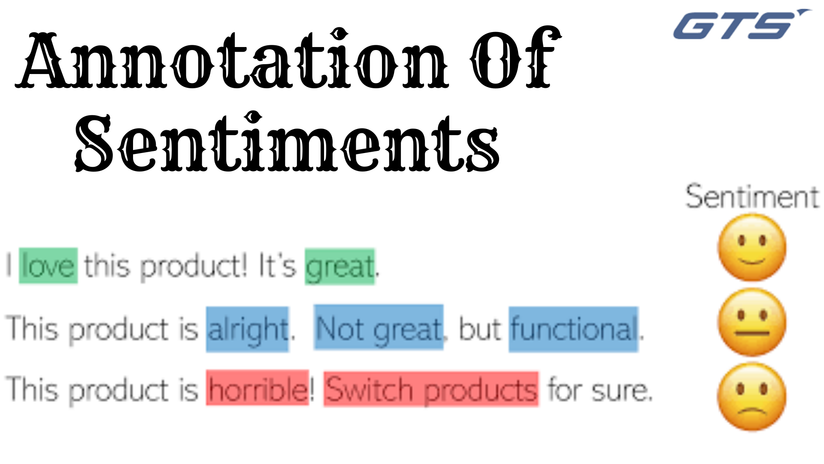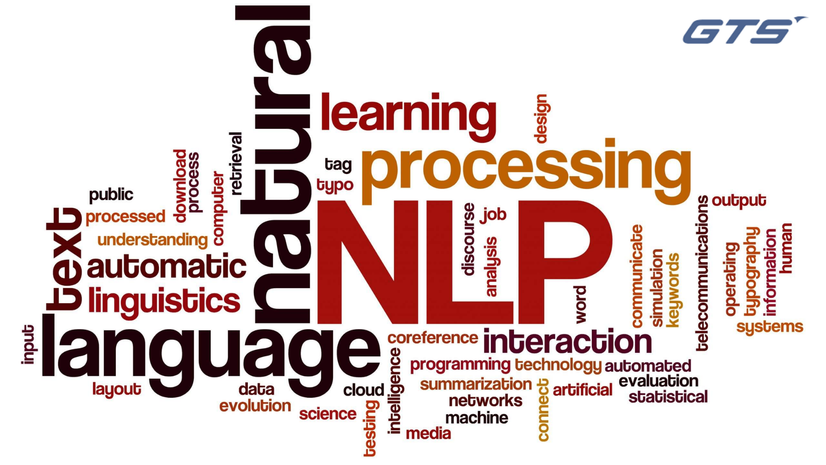Is NLP possible in the absence of text annotation services?
Is it possible to create Natural Language Processing systems that do not rely on text annotation and text dataset services? Can machines learn the intricacies of human language on their own and perform their tasks efficiently? To answer these problems, one must first comprehend text annotation and NLP, as well as their relationship.
What exactly is text annotation?
Text Annotation is the process of identifying and extracting insights from text or audio recordings. It is the process of finding and categorizing meaningful words in a text. It aids in the addition of critical information to raw data and makes it understandable for machines to carry out tasks.
Text Annotation Service Types
Annotation of Entities
The technique of recognizing, extracting, and annotating entities inside text is known as entity annotation. It entails locating and tagging a specific section of the text that contains proper names or functional parts of speech like nouns, verbs, adverbs, and adjectives.
Annotation of Relationships
This type of text annotation entails identifying and capturing the relationship between two elements. Entity linking can be accomplished in two ways: linking two entities inside a text and linking the entities to knowledge databases that are relevant to them.
Classification of Documents
Document classification, also known as text classification, entails labelling a complete document or a line of text. Text annotators examine the content and detect the intent, subject, and sentiment within it, then assign it to a specified category.
Annotation of Sentiment
It entails identifying the emotion concealed within a text or email. Sentiment annotated data assists robots in understanding the sentiment behind the text as well as casual forms of communication such as wit, sarcasm, and so on.
Annotation Linguistic
Linguistic annotation is primarily used to provide labelled image dataset for the development of Natural Language Processing (NLP) models such as chatbots, interpreters, and virtual assistants. It entails annotating language data in audio recordings and text, which primarily consists of phonetic, grammatical, and semantic aspects.
NLP
NLP is an Artificial Intelligence subfield that enables machines to interpret human language. It facilitates human-computer interaction by deriving meaning from human discourse.
Among the most common instances of NLP are:
- Siri, Alexa, Cortana, and OK Google are examples of intelligent assistants that identify patterns in speech.
- Gmail's email classification divides inbox emails into three categories: primary, social, and promotional.
- Autocomplete and autocorrect features that finish a word or propose a related one and rearrange words to give meaning to the entire message, respectively.
- Language translators capable of translating from one language to another Search engines such as Google display appropriate results based on user intent
NLP Text Annotation Services
Human language is complex and dynamic, conveying a great deal of information. It assists us in understanding and forecasting human behavior. Computers cannot detect information travelling via natural languages because the computers must grasp the words as well as the concepts that are linked to providing the intended information. Because natural languages are not native to machines, they must be trained using intermediate data structures (labelled data) that assist them in understanding what people desire from texts. Text labelling services transform unstructured input into structured data, which is subsequently used to train NLP algorithms to extract meaning from phrases and collect usable data. As a result, high-quality annotated data is a critical component of the NLP ecosystem. It may be impossible to create an effective NLP system without text annotation services.
Regarding GTS
Global Technology Solutions specializes in providing scalable AI training dataset and labelling services to assist you in building accurate and precise machine learning models. Our data is used in a variety of areas, including healthcare, banking, and technology.





Comments
Post a Comment